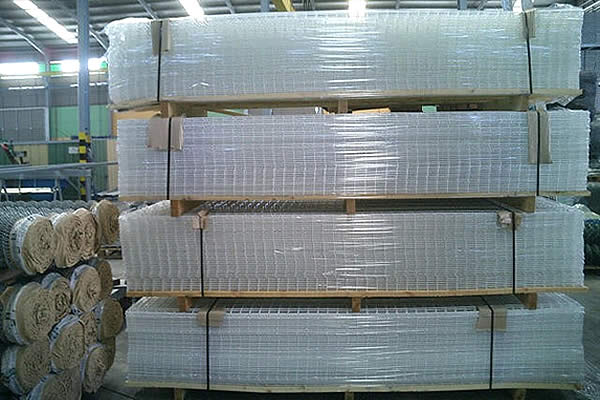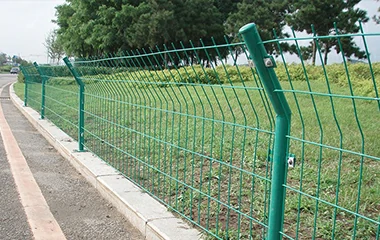Building a gabion wall can be a transformative project that combines aesthetics with functionality in landscape design. As an experienced landscape architect, my expertise lies in optimizing these structures to ensure both visual appeal and structural integrity. Let's delve into a comprehensive exploration of building a gabion wall, enriched with insights drawn from practical experiences and professional expertise.

A gabion wall is essentially a wire container filled with stone or other suitable materials, intricately designed to merge naturally into the landscape. The primary appeal of gabion walls is their versatility. They can be used for erosion control, as decorative features, or as retaining walls for terraces and embankments. The first step in constructing a gabion wall is choosing the right location. Opt for an area where the wall will either be structurally necessary or provide a visual enhancement, without disrupting the natural flow of the landscape.
Material selection is a critical phase that demands a balance between functionality and aesthetics. The most common choice for filling the cages is natural stone. Stones should be selected based on their resistance to weathering, availability, and color harmony with the surroundings. One crucial tip from experience is ensuring stones are angular; this prevents them from shifting within the wire mesh, maintaining the wall’s stability. Once stones are finalized, choose a high-quality wire mesh coated with a durable material such as PVC to withstand environmental elements and prevent corrosion.

Proper foundation and drainage are fundamental to the longevity of a gabion wall. Depending on the wall’s height and load-bearing requirements, the foundation may vary from a simple gravel layer to a reinforced concrete base. In areas prone to heavy rainfall, incorporating a perforated pipe at the base, covered with a layer of geotextile fabric, ensures effective drainage behind the wall, preventing water buildup and potential structural failure.
Building the wall involves careful layering and tying techniques.
Begin by assembling the empty gabion cages on-site. Securely fix them together using steel wire ties or spiral binders, reinforcing the edges and corners to withstand pressure when filled. Start filling from the bottom up, ensuring each layer of stones is stable and interlocked within the cage. A practical tip is placing the most aesthetically pleasing stones on the outer edges where they are most visible, while using filler materials, like smaller stones or concrete rubble, in the center.
building a gabion wall
Safety should never be compromised; always wear protective gear and ensure the stability of the gabions during the build process. Double-check all tie points to bolster the cages’ structural integrity throughout construction. Experts recommend periodic assessments post-construction to ensure that the wall remains secure, particularly after heavy rain or seismic activity.
A gabion wall offers more than just functionality; it presents an opportunity for creativity. The wire cages can be integrated with planters or designed to support climbing plants, blending the wall seamlessly into the natural environment. Moreover, lighting can be embedded within the structures to illuminate pathways or highlight specific landscape features at night, enhancing both safety and aesthetic appeal.
As for maintenance, gabion walls are relatively low maintenance compared to traditional structures. Regular inspections to remove debris and ensure the integrity of the wire mesh are recommended. If any damage or stone displacement is observed, swift repairs will extend the wall's lifespan significantly.
In terms of ecological benefits, gabion walls are environmentally friendly. They allow natural water filtration through the structure and provide habitat spaces for small wildlife. Such ecological considerations elevate a gabion wall from merely a structural feature to an integral component of sustainable landscape design.
Ultimately, crafting a gabion wall is an art form—a synergy between engineering precision and aesthetic design. Harnessing professional expertise and a commitment to high standards ensures that these majestic structures stand the test of time, while seamlessly merging with the natural world. For those looking to elevate their landscape with a gabion wall, collaboration with experts ensures a perfect blend of form, function, and environmental harmony, guaranteeing a structure that is both enduring and enchanting.
 TEL:
+86-13102802206
TEL:
+86-13102802206
 Email:
fencenetting@china.com
Email:
fencenetting@china.com
 Language
Language
 TEL:
+86-13102802206
TEL:
+86-13102802206
 Email:
fencenetting@china.com
Email:
fencenetting@china.com
 Language
Language



